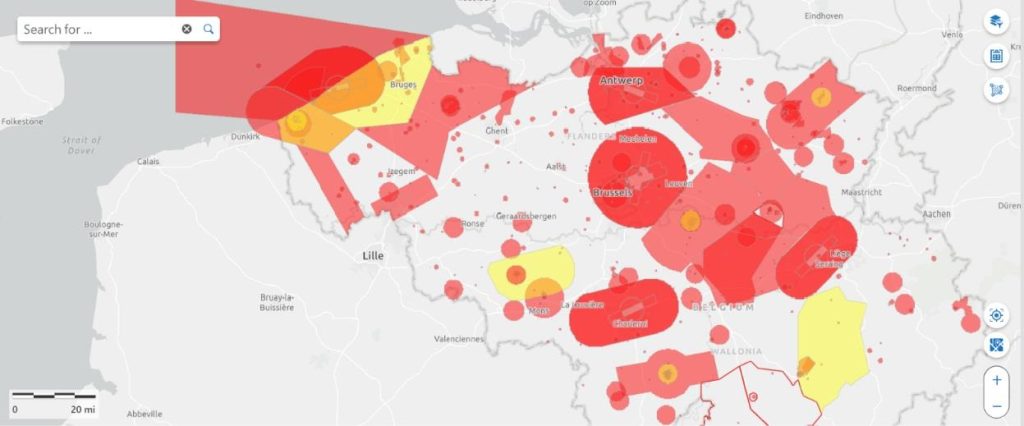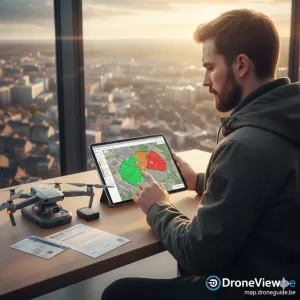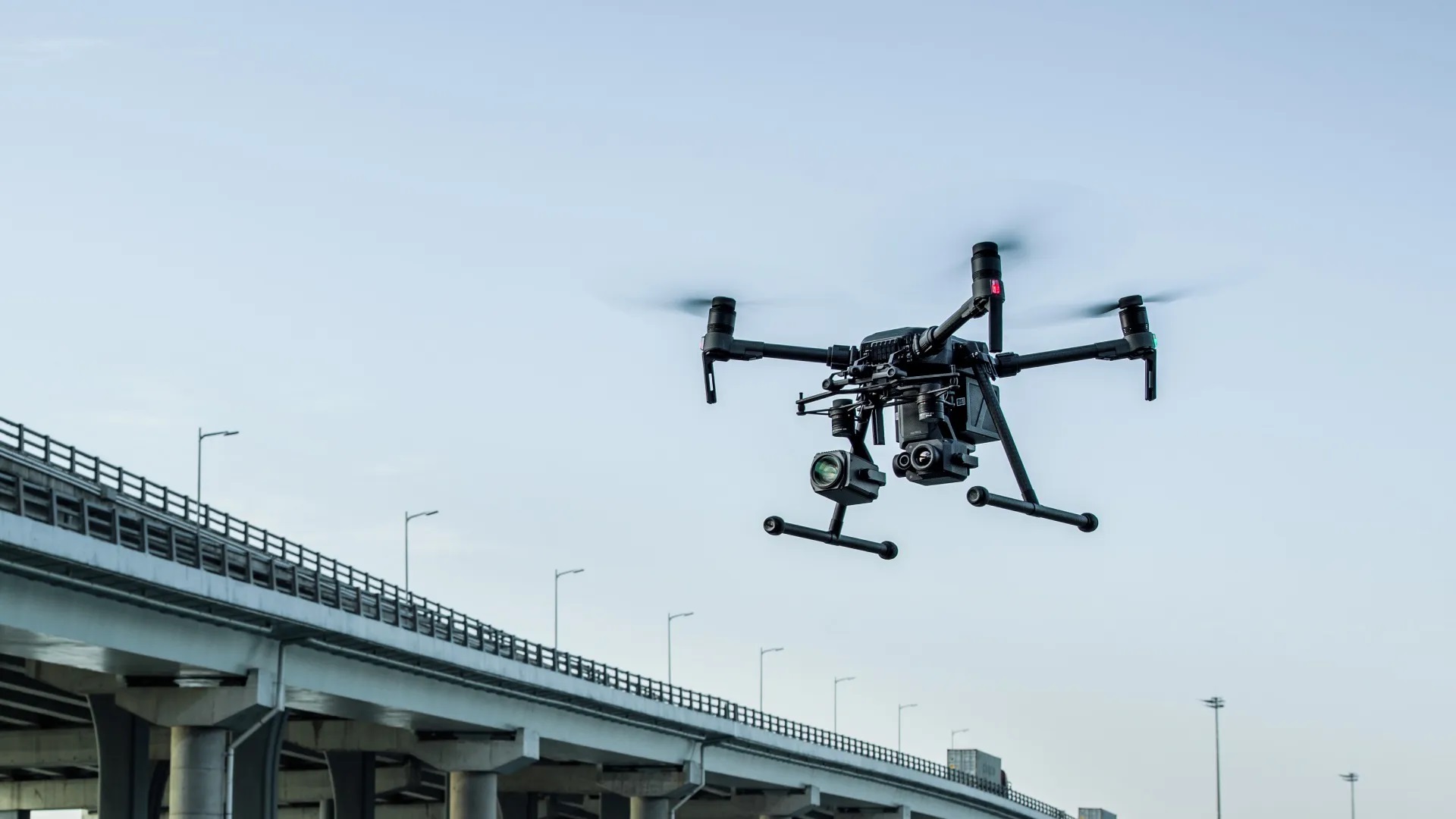Illegal drones are increasingly being detected
In recent weeks, drones have been spotted at sensitive locations across several European countries – from airports to energy infrastructures. In some cases, fingers were pointed towards Russia, although this remains unconfirmed.
What is clear is that governments are taking these incidents seriously. In Belgium too, drone surveillance is being tightened, especially near airports, military zones, ports, and border areas. In risk zones, authorities can now detect, intercept, or even disable drones more quickly.
What does this mean for regular drone pilots?
For both recreational and professional pilots, the rules remain the same — as long as you are properly registered and operate within the allowed zones.
However, it is now more important than ever to check before each flight whether you are allowed to fly and to request authorisation in time when operating in controlled or risk areas.
Step-by-step: how to check where you can fly in Belgium
1. Use the official Belgian drone map
Go to https://map.droneguide.be
This interactive map shows at a glance:
- Green zones: free to fly under the Open category
- Orange zones: specific conditions apply (altitude limits or prior authorisation)
- Red zones: restricted or prohibited areas (CTR, military sites, nuclear plants…)
You can select either Open category or Specific category at the top, depending on your certification.

2. Check temporary restrictions (NOTAMs)
Some areas may be temporarily restricted for events, state visits, or military exercises.
Always check the NOTAMs via the
skeyes AIM-METEO briefing.
Alternatively, use
EAD Basic (EUROCONTROL) – free registration required.
If you need to operate in a controlled or military zone, submit your request via the
DAA planner.
3. Plan your flight with the DroneGuide app
Use the free DroneGuide app (Android/iOS) by Skeyes.
With it, you can:
- simulate your flight
- see immediately if authorisation is required
- save your planned flight for record keeping
- automatically notify certain zones before flying
4. Flying in a controlled zone? Request authorisation
If you plan to fly inside a CTR (Controlled Traffic Region) or a Special Flight Zone, you must request approval in advance from Skeyes or the relevant air traffic authority.
Examples include:
- Brussels National (EBBR)
- Antwerp (EBAW)
- Charleroi (EBCI)
- Kleine-Brogel (EBBL)
Requests are submitted digitally via
https://uas.skeyes.be.
Allow at least five working days for processing.

5. Don’t forget your Remote ID beacon
Since 2024, a Remote ID beacon has been mandatory for most drones. This small module acts as a digital licence plate that allows your aircraft to be identified remotely.
Given the recent incidents, the importance of such a beacon is greater than ever — drones flying without an active Remote ID risk being flagged as “unknown” or “suspicious,” potentially triggering police or defence intervention.
Read our earlier article to learn how a Remote ID beacon works and how to install it correctly.
6. Always carry your documentation
During inspections, you must be able to show:
- your operator ID and registration certificate
- your drone insurance
- the flight plan or authorisation (if applicable)
- your pilot qualification (A1/A3 or A2)
DroneView.be – Professional drone operations across Belgium
The increased attention on illegal drones is a reminder of how important safe and compliant operations have become.
At DroneView.be, our certified pilots and advanced equipment guarantee that every flight is conducted safely, legally, and efficiently.
Whether it’s industrial inspections, thermography, mapping, or visual reporting, we manage the full process — from flight authorisation to image capture and final report.
Need to carry out a drone mission in a controlled or sensitive area?
DroneView.be takes care of everything — from flight planning to on-site execution.
Contact us today for a free quotation.
